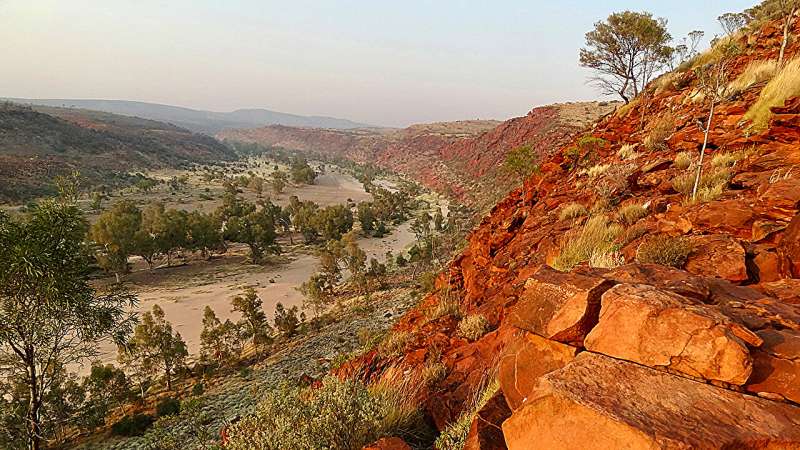This article has been reviewed according to Science X's editorial process and policies. Editors have highlighted the following attributes while ensuring the content's credibility:
fact-checked
peer-reviewed publication
proofread
Lithospheric oddities may be sculpting continental interiors

Interactions between neighboring tectonic plates can push parts of Earth's surface up or down to form notable features, such as the Andes and the Himalayas. The forces that sculpt the Earth's surface far from plate edges are less well understood. For instance, multiple hypotheses compete to explain the uplift of the Colorado Plateau in the interior of the North American plate.
Now, Gregory Ruetenik and colleagues propose a new possible explanation for the vertical movements of Earth's surface that contribute to the topography of continental interiors. They suggest that over tens of millions of years, changes in the rigidity of the lithosphere—Earth's crust and upper mantle—have affected how it accommodates internal stresses, resulting in uplift and subsidence that reshape the landscape. The article is published in Geophysical Research Letters
This hypothesis arose from prior observations of the remote interior of the Australian plate, which is relatively flat and tectonically quiet. However, the lithosphere here contains extreme density anomalies, a sign of considerable internal stress likely left over from mountain-building events that occurred hundreds of millions of years ago.
The spatial pattern of these lingering anomalies aligns closely with numerous small endorheic basins. In these internally drained depressions, water lacks a path to the ocean and instead evaporates, sinks underground, or flows into terminal lakes with no outflow.
To explore a potential link between the density anomalies and surface topography, the researchers developed a numerical model that simulates how the Australian interior landscape might respond to changes in the rigidity of the lithosphere.
The simulation showed that more than tens of millions of years, these changes indeed drove vertical motions that transformed a baseline landscape into one with internally drained basins and incised river gorges similar to those observed in central Australia. An incised river is one that has dropped far below base level and begun eroding its bed.
These results support the idea that transient variations in lithospheric rigidity can interact with internal stresses to produce vertical motions. Though more research is needed, the researchers suggest that this process could also be at play in other continental interiors with similar large gravity anomalies, such as the Deccan Plateau in India and Brazil's São Francisco River basin.
More information: Gregory A. Ruetenik et al, Surface uplift due to time-varying elastic thickness in continental interiors, Geophysical Research Letters (2024). DOI: 10.1029/2023GL107719. agupubs.onlinelibrary.wiley.co … 10.1029/2023GL107719
Journal information: Geophysical Research Letters
Provided by Eos
This story is republished courtesy of Eos, hosted by the American Geophysical Union. Read the original story here.



















